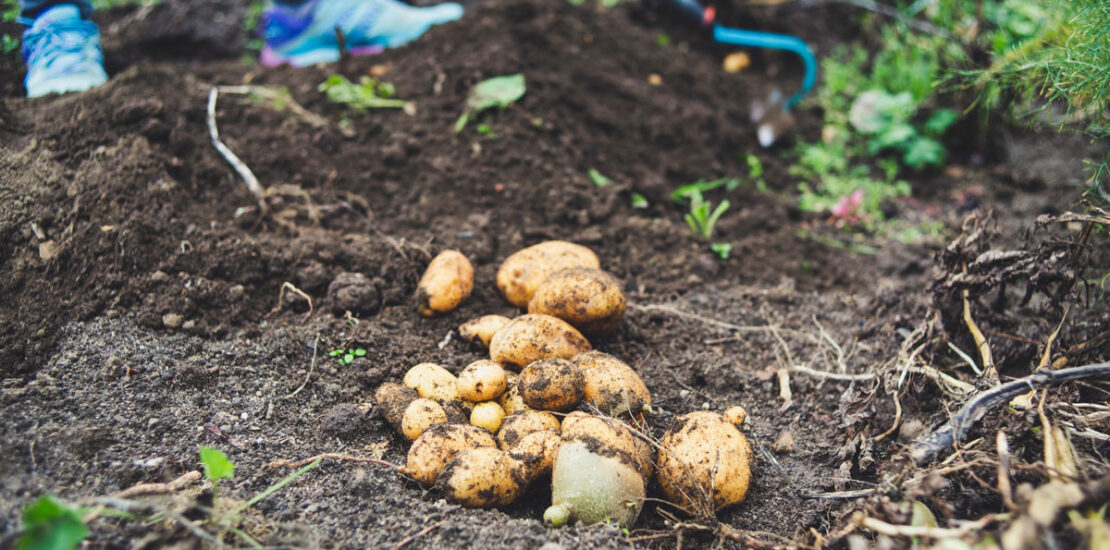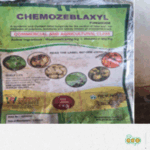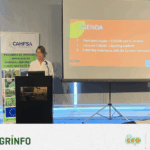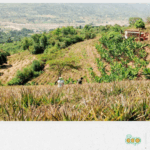Addressing the phytosanitary problem in Guinea
- 17/05/2021
- Posted by: Sandra Borma
- Category: Guinea, News

Guinea’s very promising agricultural production is at risk.
Guinea is rich in agricultural potential, which is why the agricultural sector has an important place in the government’s National Economic and Social Development Plan (Plan National de Développement Economique et Social, PNDES ). As in many West African countries, there is renewed interest in phytosanitary control due to the proliferation of transboundary pests and diseases.
The consequences can be severe, including:
- risk to crops and stored produce
- interceptions of exported produce due to the presence of regulated and/or quarantine pests when exporting to international markets.
When implementing sanitary and phytosanitary (SPS) measures, Guinea’s weak phytosanitary capacity jeopardises its ambition for better access to export markets, and thus the contribution its agricultural products can make to food and nutritional security.
COLEACP implements a project in Guinea, funded by the Standards and Trade Development Facility (STDF), that aims to build phytosanitary capacity in the country. The project focuses on the potato and mango value chains.
Potato, one of the most structured sectors, is also suffering…
The potato sector sees more than 60,000 tonnes of production per year, of which 35,000 tonnes are produced by the Fédération des Paysans du Fouta Djallon. This dynamic sector benefits from many advantages, such as access to input credit. But it still suffers from major problems that hamper its development, including input supply (particularly certified or improved seeds), storage and processing – and pressing phytosanitary problems. These include late blight (Phytophthora infestans), a disease caused by a pathogenic fungus which affects many plant species and can reach epidemic proportions in certain crops (vines, tomatoes, lettuce, squash and potatoes). It occurs almost everywhere in the world where potatoes are grown and is very often cited by farmers as the most important constraint to potato production.
In Guinea, this problem is already being felt, with 70% of producers without substantial financial resources being affected by this scourge. This is concerning, and risks causing famine among producers and a drop in the number of products on the market, leading to higher costs for consumers.
After initial identification of the stakeholders in the sector and its major phytosanitary issues, a workshop organised through the STDF project validated the need to set up a late blight warning system. In order to develop a system adapted to the Guinean context, a preliminary evaluation of the requirements is needed. This assessment will take place during a wider survey aimed at observing and collecting data and information useful for drafting a Good Practice Guide.
What is a Good Practice Guide?
This Guide will support the different actors in the potato sector to produce crops under better SPS conditions, as well as achieving optimal commercial quality. This involves the harmonisation of current specifications with international SPS standards, commercial quality criteria adopted by markets, the adoption of Good Agricultural Practices (GAP), Good Phytosanitary Practices (GPP) and Good Hygiene Practices (GHP) based on the HACCP approach.
This Guide aims to facilitate:
- compliance of practices and products to enable professionals to master and meet the SPS regulatory and commercial quality requirements of destination markets (national, regional or export). In the case of potatoes in Guinea, the target markets are mainly local and regional.
- recognition of compliance with standards and regulatory requirements by the local Competent Authorities and those of the destination markets to facilitate certification of products.
- an open and permanent dialogue between private and public sector stakeholders in the sector. The Good Practice Guide will be developed by and for professionals in the sector, who must maintain a dialogue to agree on the control methods and internal controls that will need to be put in place within companies.
- implementation of the Guide by the sector. The Guide is primarily aimed at informed and qualified readers (particularly those who participated in its drafting). Educational tools should be developed to enhance understanding by all actors in the sector of the Guide’s objectives, content and methods (e.g. HACCP; the systems approach to pest management), and the instructions for use should explain how to implement the recommendations step by step.
Value of a late blight warning system
Most of the current control methods for late blight are preventive fungicides. It is therefore imperative to know the optimal application date in order to guarantee effective control of the disease and to limit their use to the strict minimum in order to reduce economic and environmental costs. The late blight warning system will make it possible to predict the risks of infection, apply the preventive fungicide at the right time, and thus improve protection of the crop.
The implementation of a warning system would reinforce:
- early detection capabilities for late blight
- coordination of interventions and thus their effectiveness
- adoption of more effective and sustainable adapted pest control measures.
In the long term, this warning system could be used for other crops such as aubergine or tomato.
Watch members of the Fédération des Paysans du Fouta Djallon’s testimony.
This activity was organised within the framework of the Project to strengthen the phytosanitary monitoring and certification system in Guinea, supported by the Standards and Trade Development Facility (STDF) project and implemented by COLEACP.





